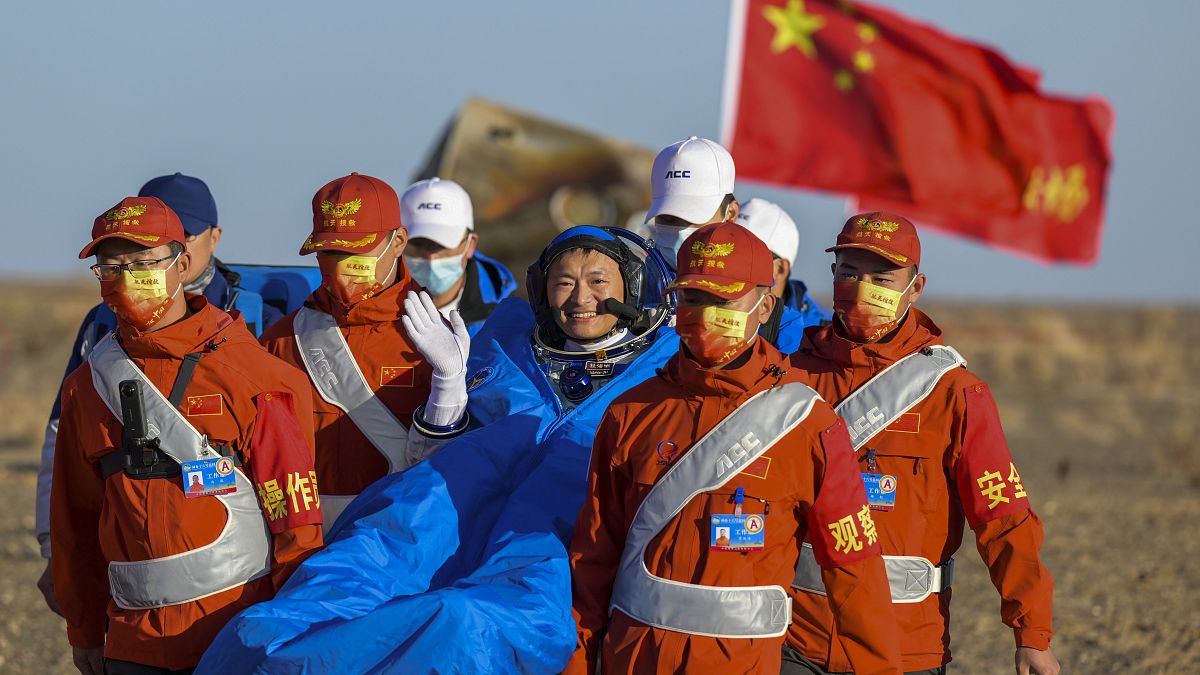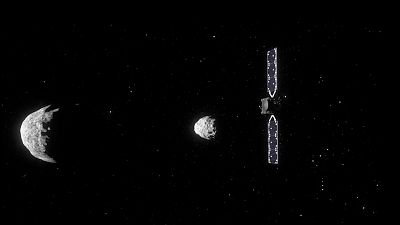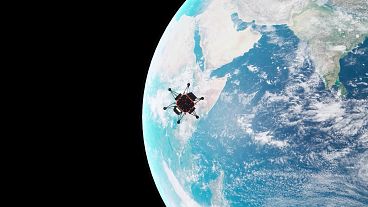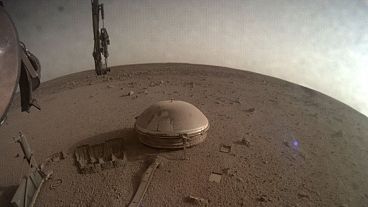Three astronauts spent six months on China’s permanently crewed space station.
Three Chinese astronauts returned to Earth on Tuesday morning after six months aboard China’s Tiangong space station.
Jing Haipeng, Zhu Yangzhu and Gui Haichao emerged in good health from the return capsule near the Jiuquan Satellite Launch Center on the edge of the Gobi Desert, China’s state news agency said.
Tiangong is one of only two permanently manned space stations currently in orbit around the Earth, alongside the International Space Station. Tiangong’s new three-person crew arrived there last week.
China began constructing the space station in April 2021 with the launch of the first and largest of the station’s three modules, which has then been built on by further missions.
The construction of the station is now essentially complete so the new crew will be conducting medical and scientific experiments and maintaining equipment.
China made its first crewed space mission in 2003 and plans to put astronauts on the moon before 2030. It has brought samples back from the lunar surface and landed a rover on the less explored far side of the moon. Future plans include sending a new telescope to probe deep into the universe.
China built its own space station after it was excluded from the International Space Station, largely due to US concerns over Chinese military control over the national space programme.
Beijing has emerged as the chief rival of the US for reaching new milestones in outer space, with extremely limited cooperation between them in the field.
That mirrors the competition for influence between the world’s two largest economies in the technology, trade, military and diplomatic spheres, with China's claim to sovereignty over the South China Sea and self-governing Taiwan being particular points of contention.
The US, meanwhile, aims to put astronauts back on the lunar surface by the end of 2025 as part of a renewed commitment to crewed missions, aided by private sector players such as SpaceX and Blue Origin.
In addition to their lunar programmes, the two countries have also separately landed rovers on Mars, and China plans to follow the US in landing a spacecraft on an asteroid.



